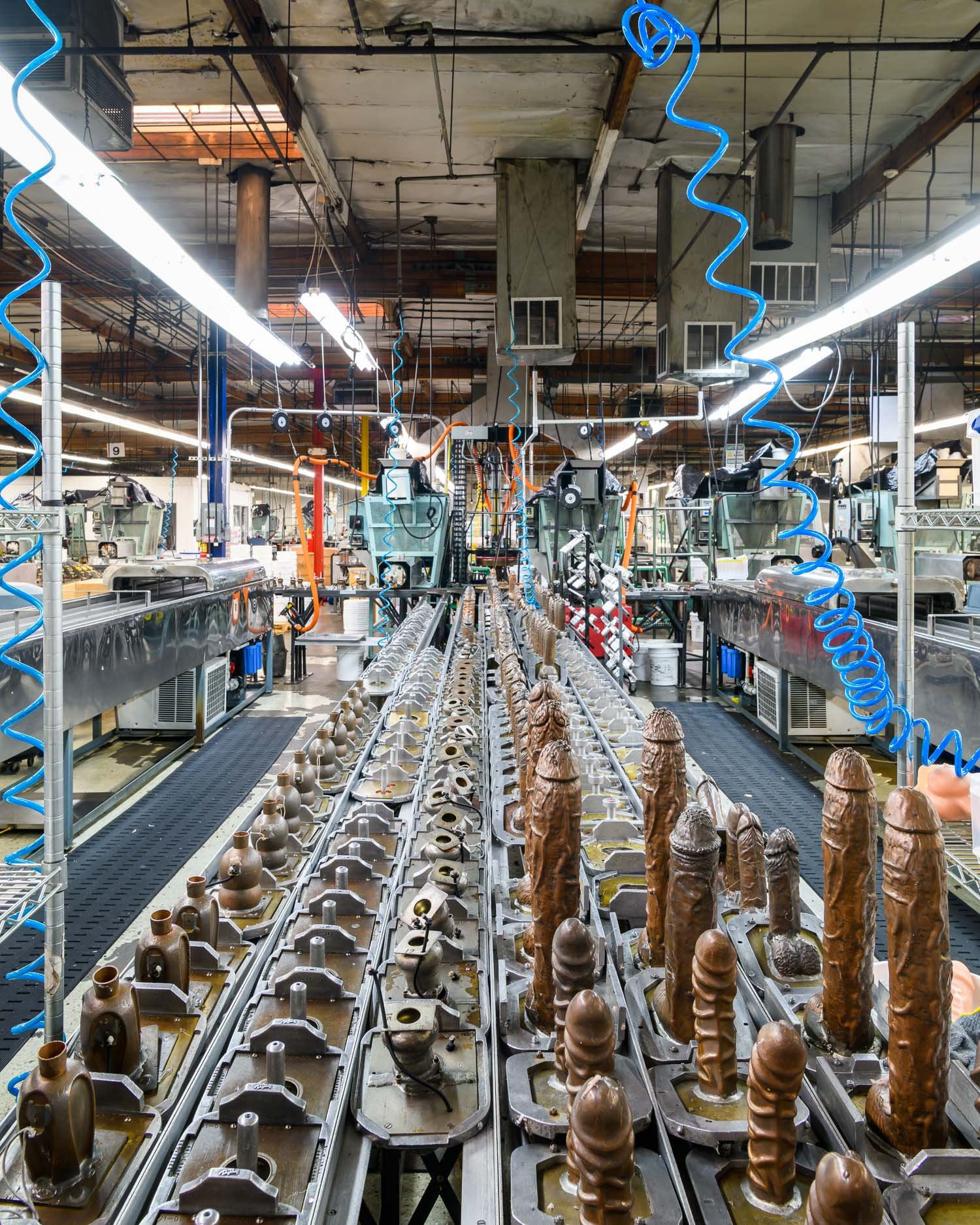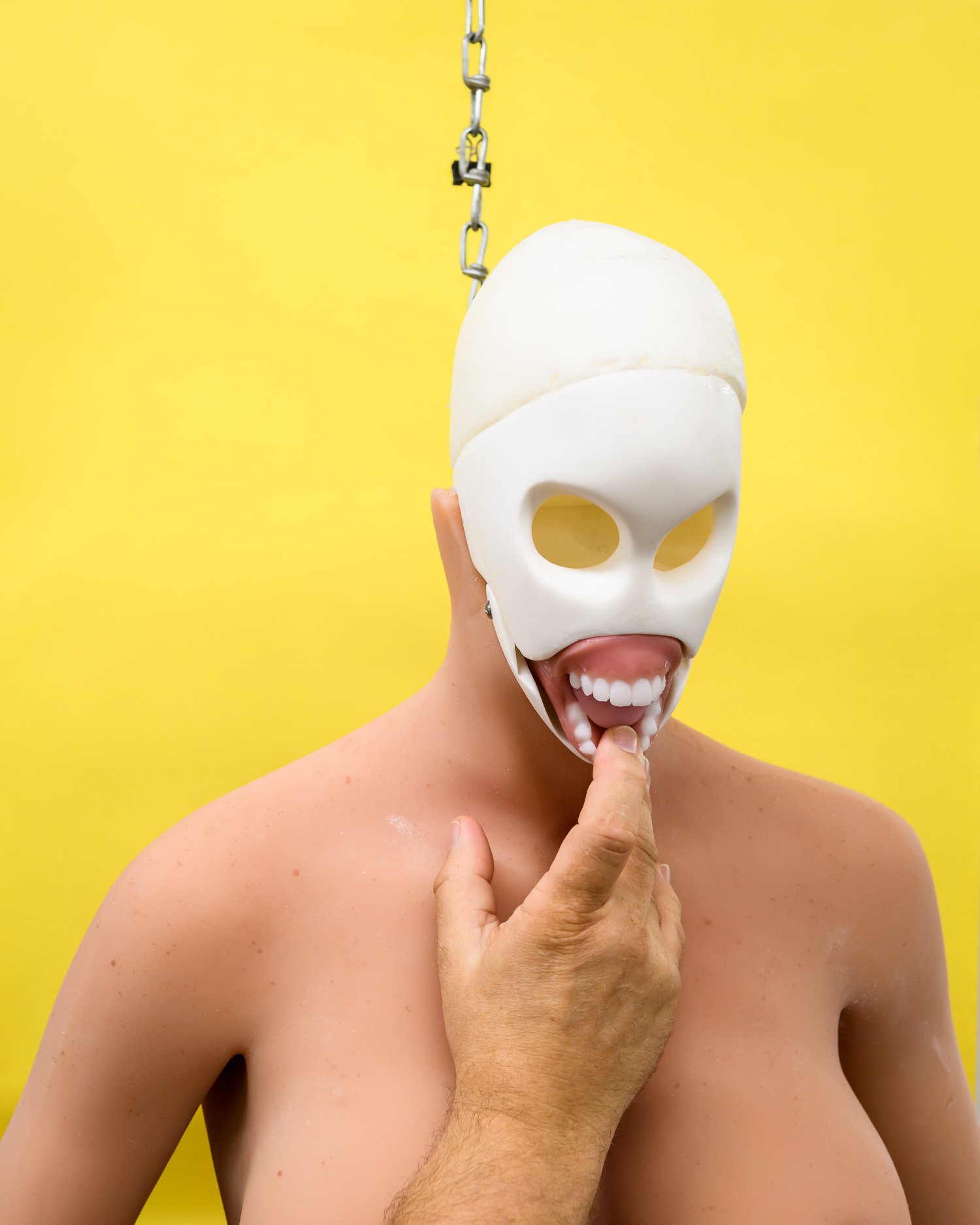A presentation of works by Alastair Philip Wiper, 12-14 June 2025 | Store Kongensgade 88, 1265 Copenhagen K
Read MoreThey're Dying to Get in Here /
They're Dying to Get in Here' is a study of death through the daily practices of an ordinary American funeral home …
Read MoreInside Nike, Oregon USA /
Nike invited me to photograph their archives, manufacturing and R&D facilities - and loads of other places photographers have never been - for a new exhibition and book about 50 years of Nike. It was an absolute treat …
Read MoreBMW Werk Leipzig /
I was invited to BMW’s huge, sprawling factory in Leipzig to document MINI’s and BMW’s on the production line. Each day, a team of over 9,000 workers produce up to 1,300 cars. This place is big.
Read MoreEternal Lifeline? /
For $200,000 you can have your body cryogenically preserved after death. The question is: To what end?
Read MoreNevada Nuclear Weapon Test Site, USA /
The Nevada National Security Site, 105 km northwest of Las Vegas, was established in 1951 to test nuclear devices. Covering approximately 3,500 km2 of desert and mountainous terrain, atomic testing at the site began in 1951. Over the subsequent four decades, over 1,000 nuclear explosions were detonated at the site …
Read MoreThe Underground House, Las Vegas /
This is a nuclear fallout shelter like no other. Built by eccentric millionaire Jerry Henderson in 1978, this 1,400 m2 underground house comes complete with artificial trees, faux rocks and lighting to simulate different times of day …
Read MoreThe Secret City: Oak Ridge National Laboratory, USA /
Oak Ridge National Laboratory (ORNL) in Tennessee was born in 1943 as a top-secret part of the Manhattan Project, tasked with refining radioactive material for atomic bombs. A town was built in record time and became known as "The Secret City" because only those living there knew it existed …
Read MoreProject Greek Island: The Greenbrier Nuclear Bunker, USA /
In the 1960s, a top-secret nuclear bunker was built underneath the luxurious Greenbrier Resort in West Virginia to house all 535 members of Congress in the event of a nuclear attack …
Read MoreTitan II Nuclear Missile, Arizona, USA /
The Titan II nuclear intercontinental ballistic missile carried the most powerful nuclear warhead ever built by the United States. At 9 megatons, it was about 600 times more powerful than the bomb dropped on Hiroshima. Between 1963 and 1987, 54 missiles were on 24-hour alert, 365 days per year, spread through Arizona, Arkansas and Kansas …
Read MorePleasure Points /
“We don’t recommend oral sex. There are gears in there. I mean you can mess things up, you can mess yourself up. She’s got the mouth and everything moves, but we don’t recommend it. It’ll kind of ruin the whole thing.”
Read MoreUsing the World’s Largest Laser to Test Nuclear Weapons /
“It's like a car that you've parked out in your garage for 30 years, and it's your rescue vehicle, but you can't test it until you actually need it” explains Bruno. He is telling me what the largest laser in the world is used for.
Read MoreEmbassy of Denmark, London /
The Danish National Archive, Copenhagen /
Landsarkivet, the National Archives for Zealand, was established in Copenhagen in 1893 on Nuuks Plads in Nørrebro in the north of the city. Ghostly and empty for the past decade, the buildings occupy a silent space in the vibrant neighbourhood …
Read MoreInside Big Ben, London /
Big Ben has just finished a massive renovation, and I was invited inside to photograph behind the clock face …
Read MoreCandy Crush 10th Anniversary Campaign /
I shot this fun campaign to celebrate the 10th anniversary of Candy Crush. The idea is based on the Tetris effect - when people play a computer game way too much, they begin to see real life situations that look like moves from the game. If you’ve played Candy Crush you should be able to spot the moves in these every day situations …
Read MoreUnintended Beauty at Kvadrat /
The Unintended Beauty exhibition is showing at Kvadrat’s showroom in Copenhagen 25th November 2021 …
Read MoreUnintended Beauty Exhibition Captions /
The Last Professional Darkroom in Denmark /
“If you want to take a real photo, you have to shoot analogue. And if you want to hear real music, then you have to hear it on vinyl. That’s the way it is.” …
Read MoreWorlds Best Condom Factory, Denmark /
In the unlikely setting of the corner of an industrial cheese factory in the Danish countryside resides the factory of the Worlds Best condom brand, the only condom producer in Denmark …
Read More




















